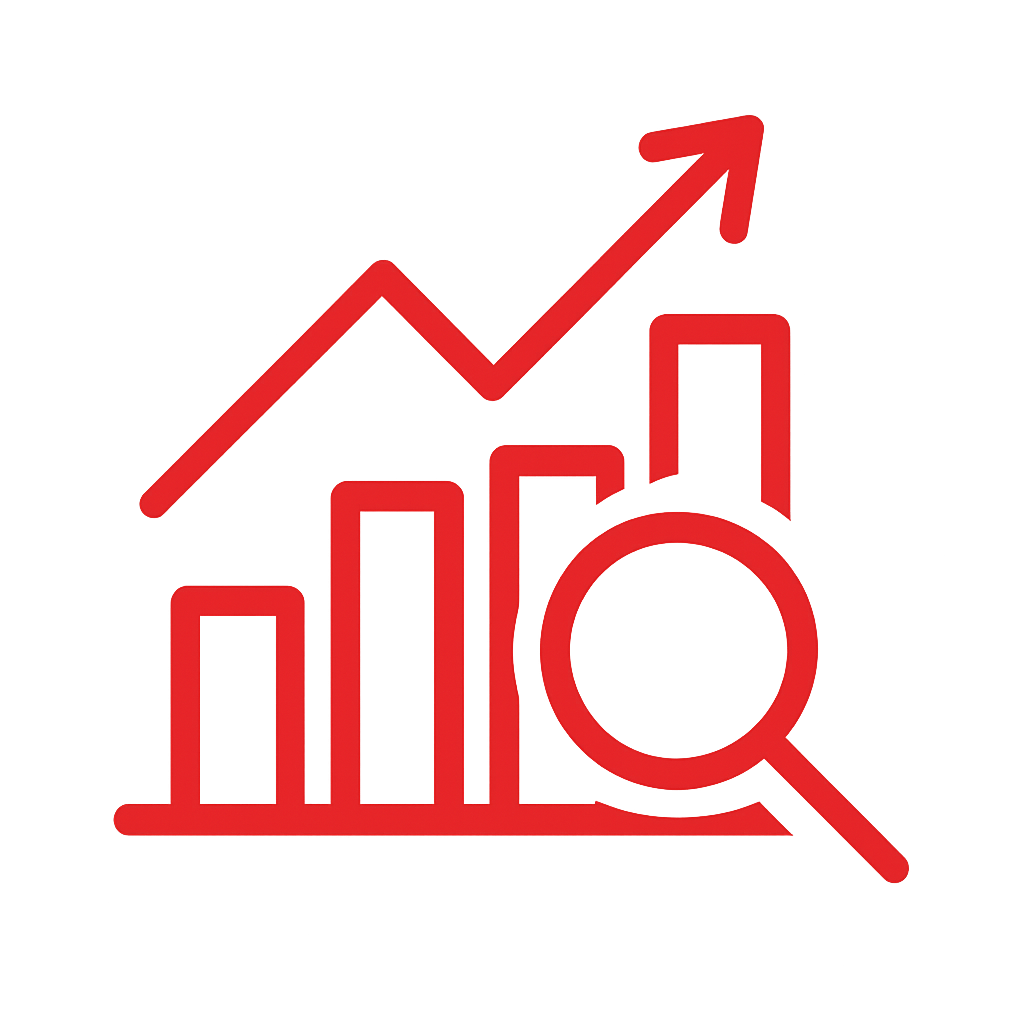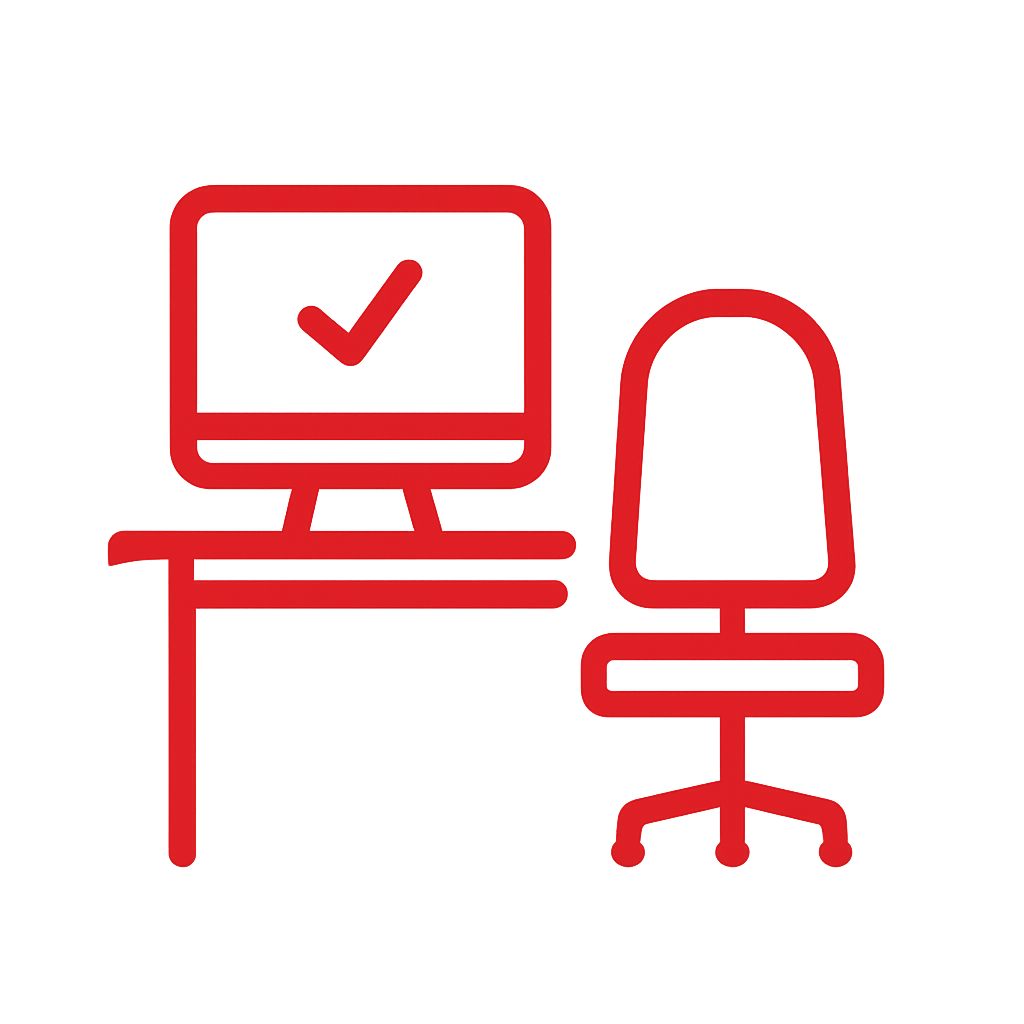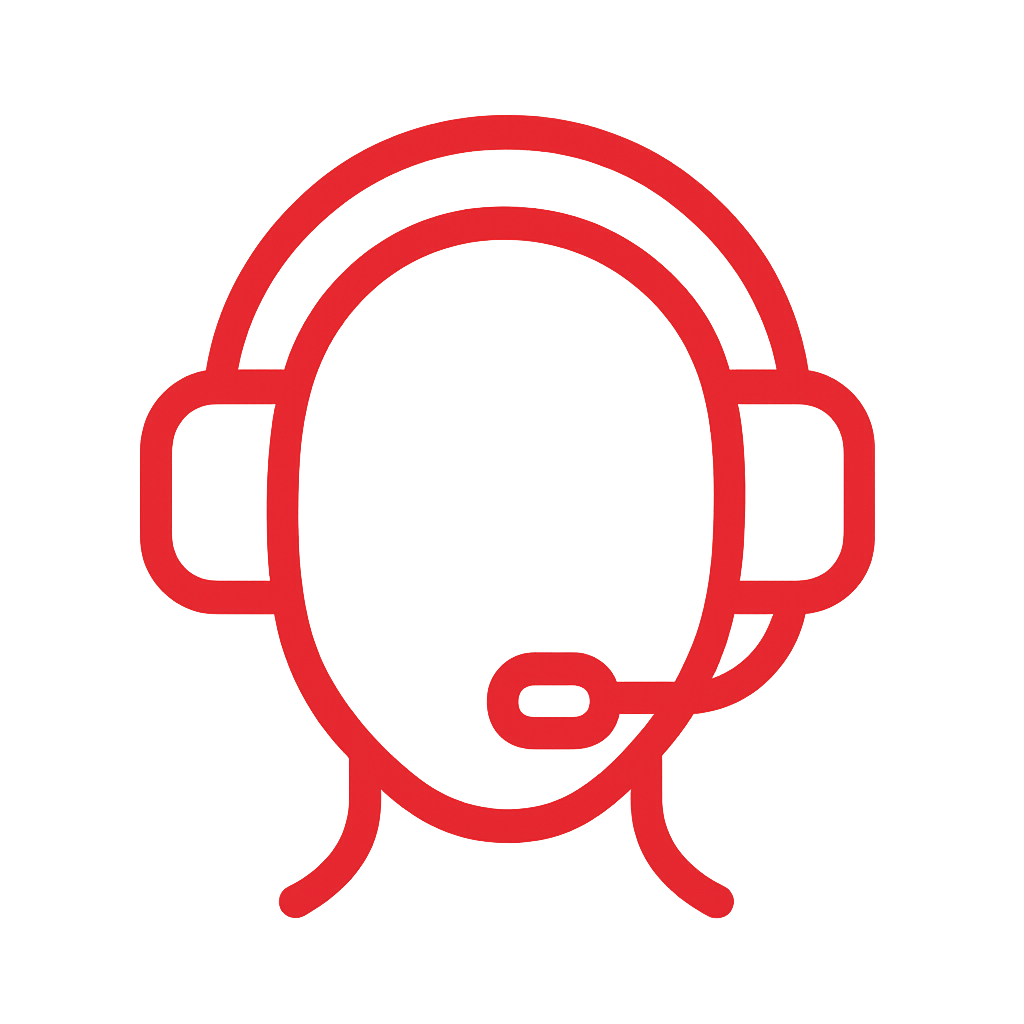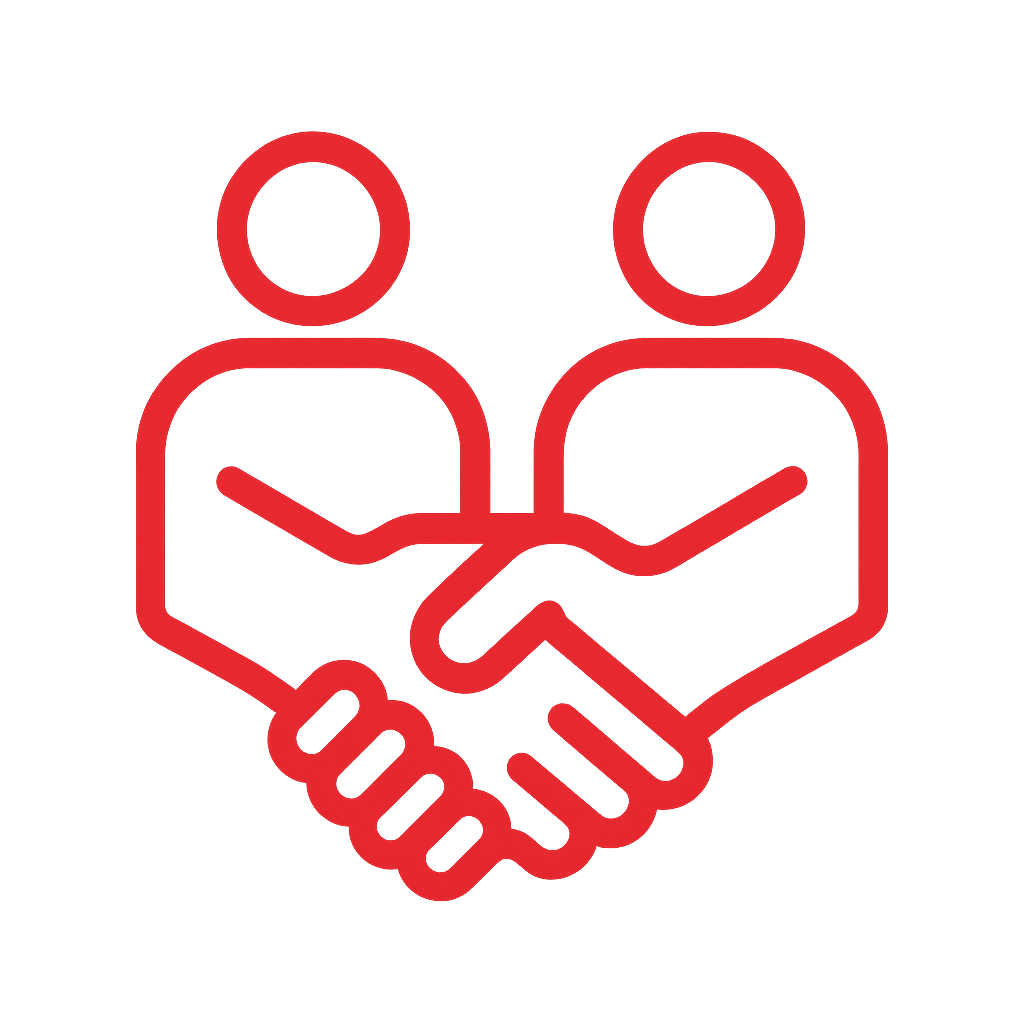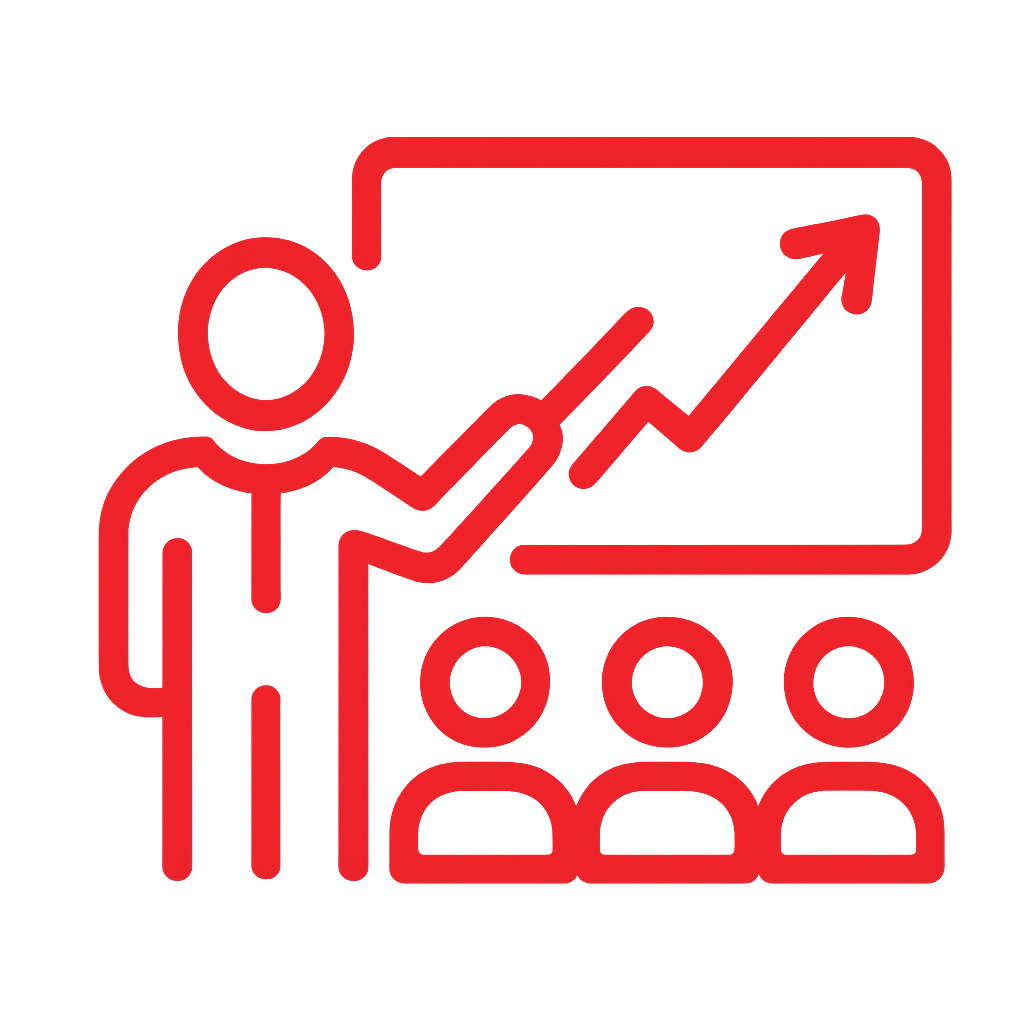NO MATTER YOUR VISION.
WE GUIDE YOU
WE GUIDE YOU
For over 30 years, Veldhoen + Company has developed and implemented new ways of working for forward-thinking organisations.
5 min read
Blog Title
We sat down with Chantrelle earlier this month to discuss a topic that she has been passionate about for two decades: Organisational Network Analysis (ONA). We wanted to understand how adding this additional layer of data enriches how we discover and design better ways of working as we address some of the biggest challenges our organisations are facing now, such as creating return-to-office policies that build win-win scenarios for organisations and employees alike.
Veldhoen + Company: What are the most interesting patterns you've managed to uncover with ONA and what can you gain from it as a business leader?
Chantrelle Nielsen: While the science can go back and forth a bit on the topic of people and knowledge networks, ONA data has been quite durable since its beginnings in social science of the 1960s, codified by Mark Granovetter’s article in the American Journal of Sociology, The Strength of Weak Ties. His research showed that when you quantify the information we get from our networks, we get the most diverse and enriching information from our weak ties. While his original research looked at how people find jobs, later research has reinforced that this is still the case when we look at other types of information networks.
In the context of an organization, while they cannot access the same level of data as we can as individuals due to privacy concerns, they have a wealth of metadata about their people and the flow of information that they can tap into. This can range from the data we assign to them – their role, department, etc. as well as the relational aspects of how they interact.
So one of the questions that I’ve been studying for years is how those weak ties influence innovation led growth – does being able to cultivate and identify “newness” and discover the opportunity in that allow a company to innovate, and ultimate grow better? With ONA you can literally see that newness happening all over the place. We can look at the business results of companies on lists like the Forbes innovation ranking, and observe how the network patterns inside those companies are different from industry peers that do not make the list.
Anyone with P&L responsibility can benefit from ONA, however CEOs or Board Members have much to gain by understanding how to improve and shape the culture of their company. Since they are ultimately responsible for every aspect of a company, they can stay open to discovering which parts of their organisation are current areas of innovation and which need support to change.
V+C: Does that mean that ONA can be leveraged to identify future leaders in the organisation?
Chantrelle: I’ve seen the idea floated around a lot, but such ideas can be a sensitive application of ONA. ONA data is generally anonymized and thus not good at signaling individual high-performers in an organisation. However, even with anonymized data we’ve been able to observe that, as a group, senior leaders that were not considered high-performers often also had small networks. With one organisation in particular, through further workshops, they came to understand their organisation didn’t have a clear path of growth for individual contributors. People were becoming managers because they were ambitious and wanted to grow their careers, not because they were necessarily good people managers. This organisation chose to build a clear growth path for senior level individual contributors as a response.
That being said, ONA often starts with a survey and provides individuals insights about their network. I have worked with companies that then offer an opt-in process to share deeper levels of information with the organisation. This step is often part of a high-potential talent program and can be offered as an opportunity for ambitious employees so that they can receive individual coaching towards more senior management roles.
Ultimately though, in the hundreds of conversations that I’ve had with companies on ONA, I’ve never been asked to do any kind of analysis that would make people uncomfortable.
V+C: With that in mind, there is growing attention around data privacy and security in many parts of the world. How do you balance the need for transparency and privacy concerns of employees when conducting open network analysis?
Chantrelle: The question often centres around topics like, ‘I'm working on a laptop that my company owns, so what can my employer see about me?’ Or with improvements in the technology we use, such as meeting technology that can automatically transcript speech and deep language models that can mine that data in more sophisticated ways. So, the question is whether employees can see that the benefits outweigh any potential risks – if I join a meeting late and can read through the transcript quickly to get up to speed, that’s great. But the flip side is the feeling that what might not have been ‘on the record’ before is now automatically recorded and analysed and is the property of my company. As leaders, we need to ask ourselves if we are using ONA in ways that support an open culture. Do people now feel like they need to be more careful about what they say in a meeting?
On one hand there are the legal obligations – company's employee data policy – and on the other, the ‘vibe’ that people have about it. Basically, don’t take people by surprise. Communications around how ONA is being used is critical – make the what’s-in-it-for-me very clear. Be transparent about who can see what and how it’s being used, and to what end. But the beauty of doing ONA through software platforms is that individual-level data can easily be something that individuals control and choose to share with their manager or others.
V+C: Microsoft is investing heavily in emerging technologies, such as generative AI and deep language models. How do you see those shaping or intersecting with the future of ONA?
Chantrelle: ONA looks very similar to how it looked back when I got started 20 years ago – nodes and edges – but those edges have gotten so much smarter. Instead of just tell us, this person communicates with that person, you can go deeper – these people are IMing, these ones use email, these people are interacting face-to-face a lot, and you can even tie what they’re talking about into your topic models (knowledge ontologies). And you can even mine data about the energy level in their interaction, or the sentiment. It’s the same technology that drives a feed in social media – we can use these data points to measure the various aspects of those interactions and make predictions on what data is most relevant to you – basically what information helps you do your job better. We serve that to you across the tools you’re already using and prompt you to provide feedback on those “feeds”. That feedback is training data for the system, allowing us to further refine our recommendations.
This is really powerful since it allows you to help bring people from a place of “unconscious incompetence” to a place where they can identify new knowledge and competence areas and cultivate them towards career growth.
V+C: That all sounds really exciting. So who should be involved and what support do you recommend for a successful ONA initiative?
Chantrelle: You need a business leader who cares about the output of the team as a sponsor – they will be able to provide a business goal or challenge the ONA will dive into, and somebody from HR or organizational development who can advise about how to set it up and communicate about it. More and more, you also need someone from your data organization, such as your Chief Data Officer, IT or Business Intelligence – you need someone who has access to as much data as possible. And I've seen ONA projects stall out when someone just knocks on the door of a system administrator. Lastly, of course, you need to have your security and compliance people involved so that they're making sure that all the data in the organisation is being governed correctly and access to it is audited so everyone knows who's been looking at what. And once you've got those five groups, you’re ready to go ahead.
But the best approach is to ensure that the organization that's being examined is clear about what questions they want to ask with ONA and what is the direction they're trying to go in. It can be hard to separate the science that you're doing from the change that you’re trying to make, and the change is the primary goal. So, it’s always a good idea to have an external partner to add structure to the change management process. I don't think I've seen any company successfully do ONA without an outside expert there from the beginning.
V+C: And lastly, if someone wanted to learn more about ONA, ChatGPT recommends the book by Song Yang and Franziska B. Keller, "Social Network Analysis: Methods and Examples", and Amazon’s top reading recommendation is “Social Physics: How Social Networks Can Make Us Smarter” by Alex Pentland. In your opinion, which algorithm gave the better suggestion, or are we still better off asking a trusted human source such as yourself for reading recommendations?
Chantrelle: That's a great question. The former one I am not familiar with; it sounds very academic. And the latter one I have read, and I know the writer. I actually took a class from him at MIT. It must be more than 10 years old, but certainly has a very futuristic view of what might have happened, so I bet he's right about everything that's happened since it was published. And while it would be a good one to get you fired up about ONA, I can’t say that it’s written from a practitioner's view, so you will definitely still want to consult with an expert even if you do read it.
Connect with Chantrelle on LinkedIn.

